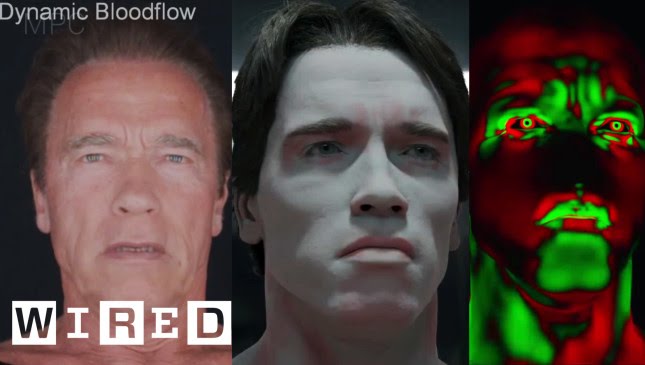The Science Behind Optical Illusions: Insights from Professor Pascal Wallisc
Summary
In this article, we explore the fascinating world of optical illusions with Professor Pascal Wallisc, an expert in visual perception. He debunks myths surrounding the spinning dancer illusion and explains the science behind the motion after-effect and motion-induced blindness. We also delve into the phenomenon of mirages and discuss the infamous dress debate. Finally, we address the question of whether we can trust our eyes in a confusing world.
Table of Contents
- The Motion After-Effect: How Neurons in the Brain Create Illusions of Motion
- Debunking the Left-Brain/Right-Brain Myth with the Spinning Dancer Illusion
- Motion-Induced Blindness: How the Brain Focuses on Motion and Ignores Peripheral Objects
- Mirages: Genuine Optical Illusions Caused by the Bending of Light
- The Dress Debate: Unambiguously Black and Blue in Bright Light
- Can We Trust Our Eyes in a Confusing World?
The Motion After-Effect: How Neurons in the Brain Create Illusions of Motion
Professor Wallisc explains the science behind the motion after-effect, where neurons in the brain tire and fire at a lower rate, causing an illusion of motion. This effect can be created by staring at a moving object for a prolonged period and then looking at a stationary object. The stationary object appears to move in the opposite direction. This phenomenon has been studied extensively and is used in various fields, including psychology and neuroscience.
Debunking the Left-Brain/Right-Brain Myth with the Spinning Dancer Illusion
The spinning dancer illusion, which went viral in the early 2000s, is often used to determine whether one is a left or right-brained person. However, Professor Wallisc debunks this myth and explains that the illusion is created by the way the dancer is drawn, not by brain function. The illusion is simply a matter of perception and can be seen to spin in either direction.
Motion-Induced Blindness: How the Brain Focuses on Motion and Ignores Peripheral Objects
Motion-induced blindness is a phenomenon where the brain focuses on motion and ignores peripheral objects. This effect can be created by staring at a stationary object surrounded by moving objects. The stationary object may disappear from view momentarily, creating an illusion of blindness. This phenomenon has been used in magic tricks and is also studied in fields such as aviation, where pilots may experience a similar effect when flying.
Mirages: Genuine Optical Illusions Caused by the Bending of Light
Mirages are genuine optical illusions caused by the bending of light. Professor Wallisc explains that mirages occur when light is refracted through layers of air with different temperatures, creating an illusion of water or an object in the distance. This phenomenon has been studied extensively and has been used in various fields, including art and literature.
The Dress Debate: Unambiguously Black and Blue in Bright Light
The infamous dress debate, where people saw the same dress as either black and blue or white and gold, was a viral sensation in 2015. Professor Wallisc states that the dress is unambiguously black and blue in bright light. The variation in perception is due to assumptions people make about the lighting in the photograph.
Can We Trust Our Eyes in a Confusing World?
The speaker discusses various topics, such as holograms and how they work, the wagon wheel illusion, and whether we can trust our eyes in a confusing world. Professor Wallisc suggests that our brains make assumptions to fill in missing information and that individual differences may play a role in how we perceive the world. Additionally, he notes that the brain is fully encased in bone and does not directly experience the outside world. Therefore, what we see is not necessarily an accurate representation of reality.
Conclusion
Optical illusions are a fascinating field of study that sheds light on how our brains perceive the world around us. Professor Wallisc’s insights into the science behind these illusions help us understand how they are created and how they affect our perception of light and motion. As we continue to explore this field, we may gain a deeper understanding of how our brains work and how we can use this knowledge to improve our lives.







